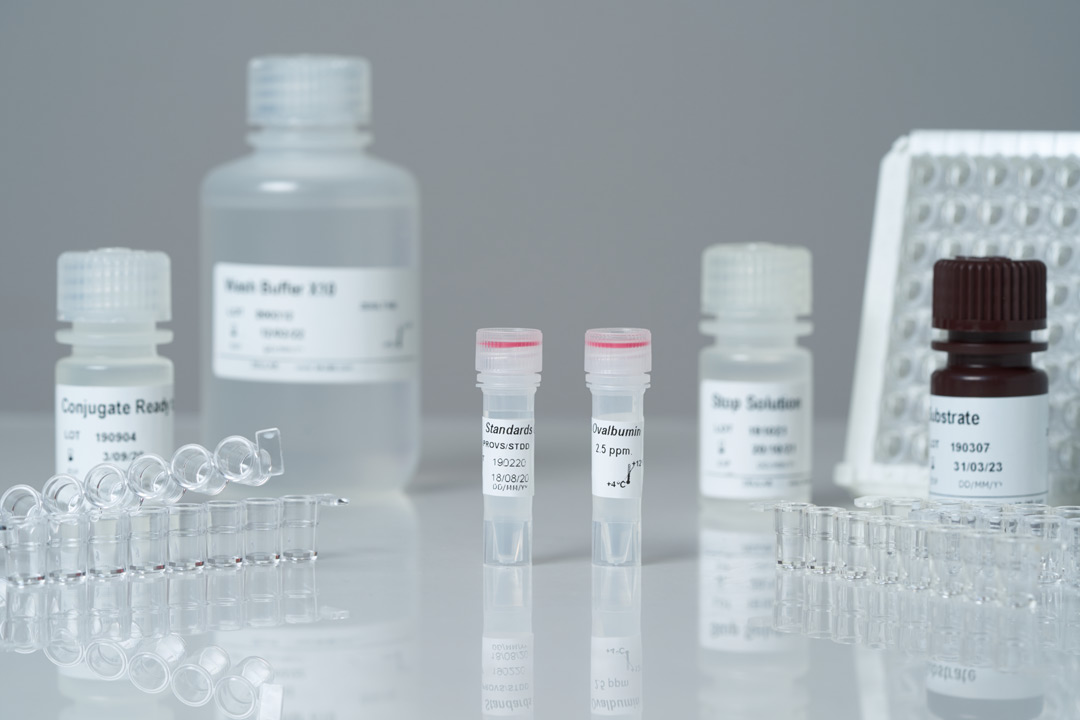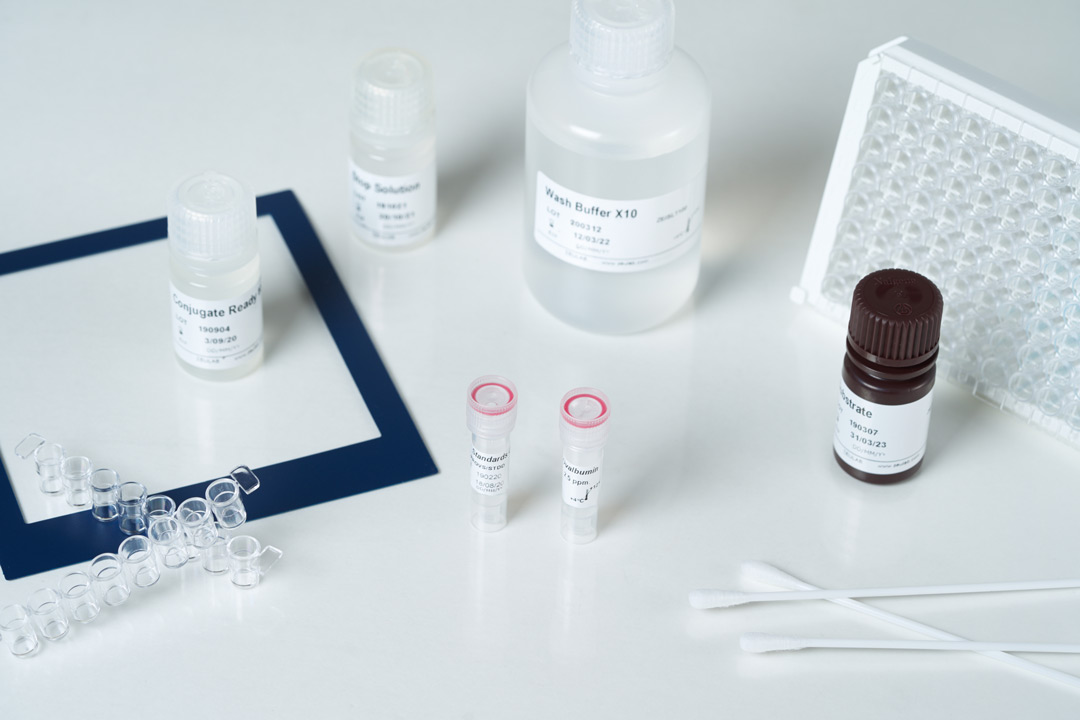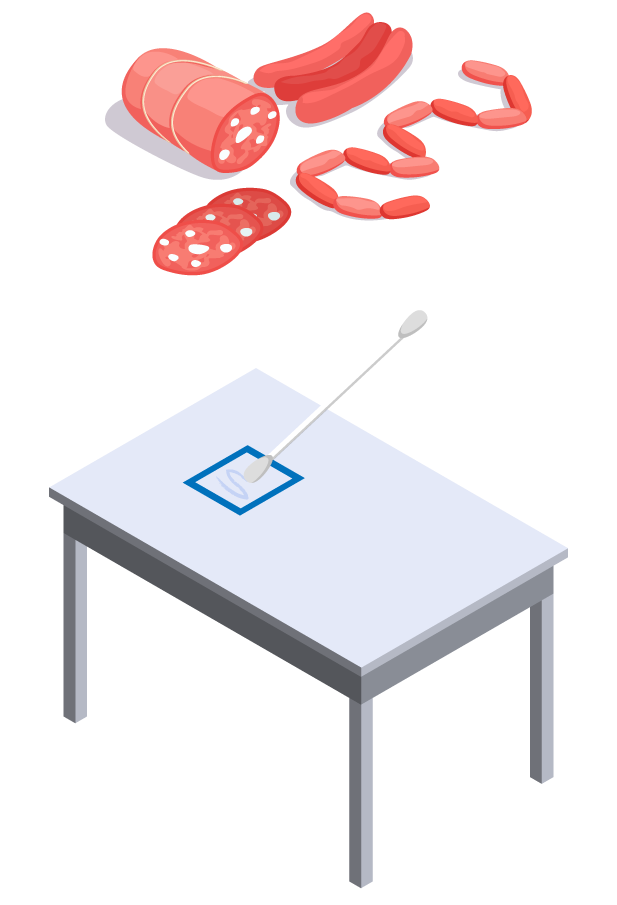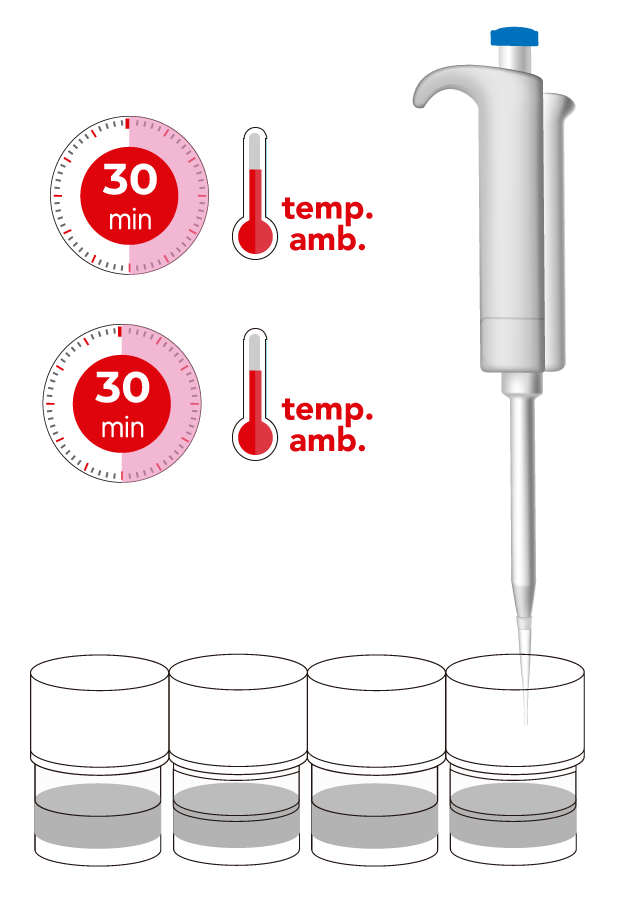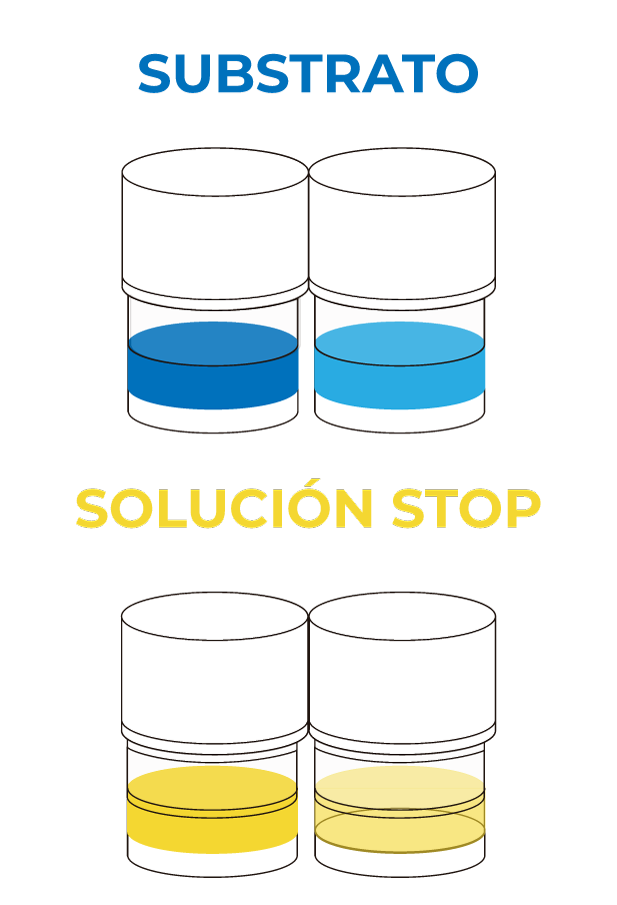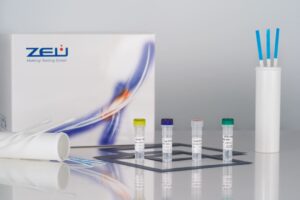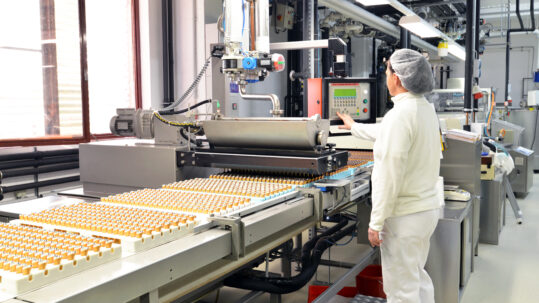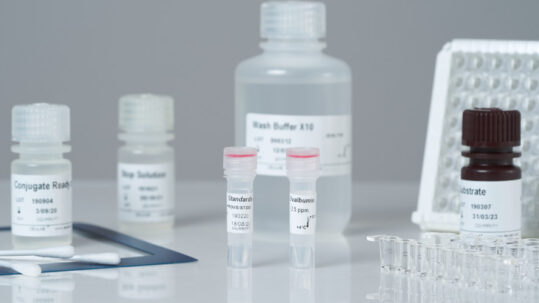El LOD y LOQ y ()
Proteon Milk:
- Limit of detection: 0.04 ppm of β-lactoglobulin; equivalent to 0.4 ppm of milk proteins.
- Limit of quantification: 0.05 ppm of β-lactoglobulin; equivalent to 0.5 ppm of milk proteins.
- Assay time: 90 min.
Proteon Milk 30:
- Limit of detection: 0.02 ppm of β-lactoglobulin; equivalent to 0.2 ppm of milk proteins.
- Limit of quantification: 0.06 ppm of β-lactoglobulin; equivalent to 0.6 ppm of milk proteins.
- Assay time: 30 min.
Validations:
Internal validation following International guidelines:
Appendix M: Validation Procedures for Quantitative. Food Allergen ELISA Methods: Community Guidance and Best Practices. AOAC 2012 (http://www.eoma.aoac.org/app_m.pdf).
Appendix F: Guidelines for Standard Method Performance Requirements. Official Methods of Analysis (2016), AOAC INTERNATIONAL, Rockville, MD, USA (http://www.eoma.aoac.org/app_f.pdf)
Standard Method Performance Requirements (SMPRs®) for Detection and Quantitation of Selected Food Allergens. AOAC SMPR 2016.002. AOAC INTERNATIONAL, Rockville, MD, USA (https://www.aoac.org/aoac_prod_imis/AOAC_Docs/SMPRs/SMPR%202016_002.pdf).
Standard Method Performance Requirements (SMPRs®) for Quantitation of Milk by ELISA-Based Methods. AOAC SMPRs® 2018.003 (https://www.aoac.org/wp-content/uploads/2019/09/SMPR2018_009.pdf)
Galan-Malo et al. (2017) Detection of egg and milk residues on working surfaces by ELISA and lateral flow immunoassays test. Food Control (74) 45-53.
Supporting bibliography for validation of antibodies and extraction methods of food samples:
de Luis et al. (2007) Development of two immunoassays formats to detect β-lactoglobulin. Influence of heat treatment of β-lactoglobulin immunoreactivity and assay applicability in processed food. Journal of Food Protection, 70(7)1691-1697.
de Luis et al. (2008) Evaluation of indirect competitive and double antibody sandwich ELISA tests to determine β-lactoglobulin and ovomucoid in model processed foods. Food and Agricultural Immunology, 19: 339-350.
Legislation:
Reglamento (UE) No 37/2010




